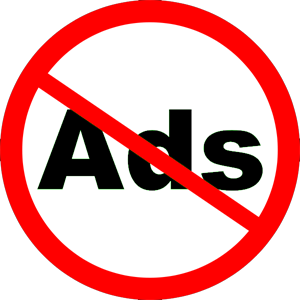Google announced it would begin penalizing websites heavy-laden with advertising, updating their algorithms to exclude sites with buried content. As stated in the blog post announcing the changes, Engineer Matt Cutts explains that users simply want to see the page content without having to scroll down and search. The changes target sites with too many ads stacked on top of the page, or “above the fold.” Following a flood of complaints from users, Google is rolling out the new “page layout algorithm” to downgrade search rankings of sites with a higher ratio of advertising than content, and to reward and encourage sites with good practices.

Some immediate concerns from webmasters address the question of just how much is too much, but especially in relation to screen size. According to Cutts, “ads above-the-fold to a normal degree” are safe, but publishers are still apprehensive about the open-ended definition of “normal.” Using the Google Browser Size Tool can obliterate obscure content, and webmasters can utilize screen resolution emulators to see how site views differ from desktop to laptop to tablet.
Google confirms that only one in 100 searches, or one percent, will be affected by the changes. By promoting good site practices, and avoiding excessive banners and advertising, responsible websites can find a protective haven in the new algorithm in that their site could be better placed with the new search rankings. Cutts emphasizes, “Overall, our advice for publishers continues to be to focus on delivering the best possible user experience on your websites and not to focus on specific algorithm tweaks.” Another important reminder to always keep the user in mind for all search engine optimization and internet marketing practices.